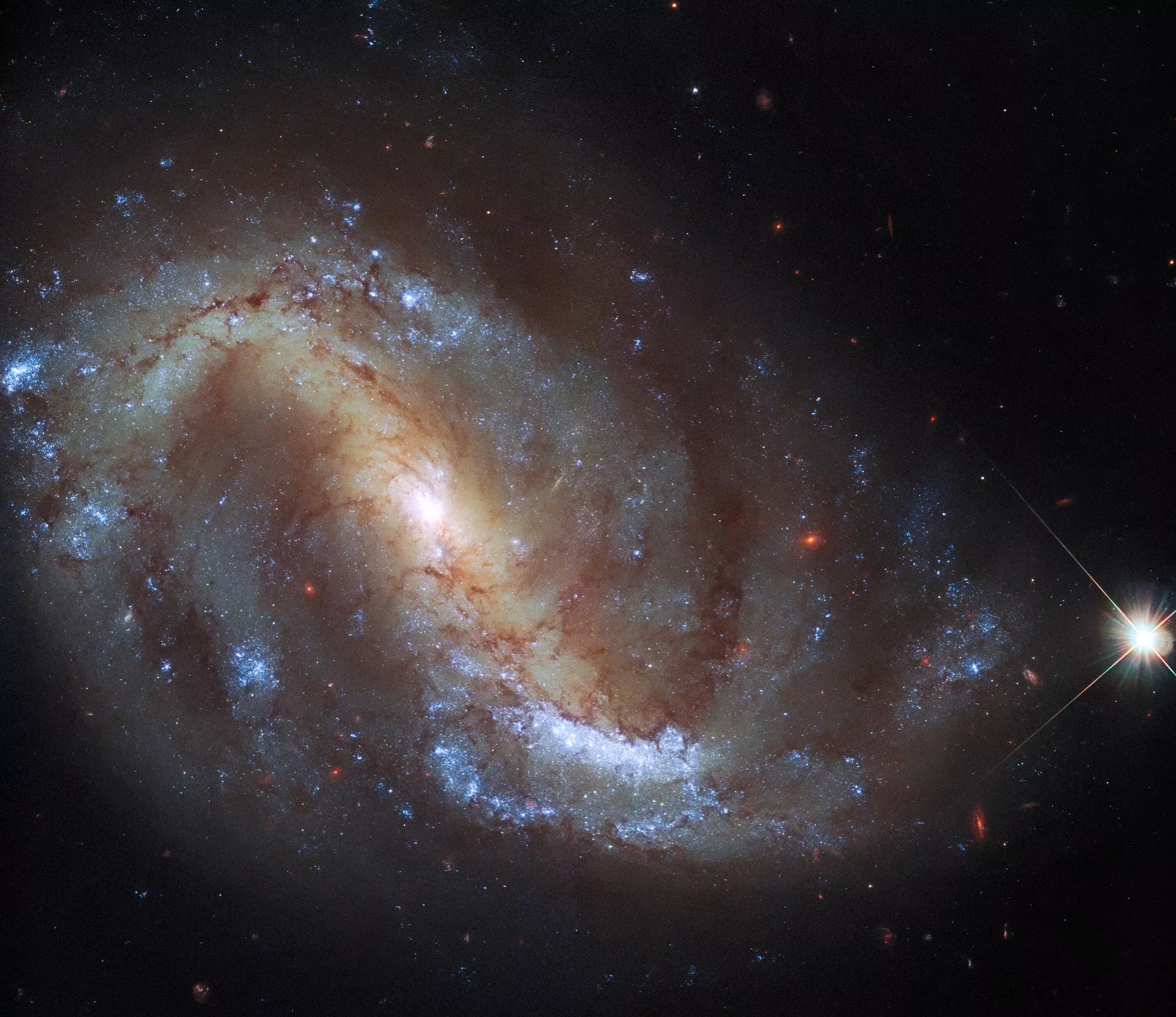This image from nasa/esa Hubble Space Telescope shows the rod spiral galaxy NGC 7496, which is located in the constellation Grus more than 24 million light-years away from the earth. The name of this constellation means crane in Latin. It is one of the four constellations collectively known as southern birds.
Access:
The other three are Pavo, Phoenix and Tucana, which depict peacocks, Phoenix and toucans respectively. The rest of the night sky is also home to a group of bird constellations, including AQUILLA, Cygnus, Corvus and Columba.
This Hubble image comes from a series of observations that delve into the relationship between young stars and the cold, dense gas clouds they form. In addition to observing with Hubble's wide field camera 3 and advanced measurement camera, the astronomers behind the project also use the Atacama large millimeter / submillimeter array (ALMA) to collect data, which is one of the largest radio telescopes in the world.
In addition to revealing the speed and efficiency of star formation in various galactic environments, the project also created a data repository containing Hubble and Alma observations. This treasure house of data from two of the world's most capable observatories will help to conduct broader research on star formation and pave the way for the future science of the James Webb Space Telescope.
